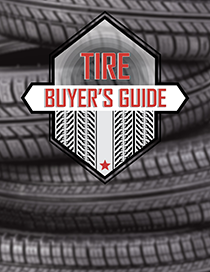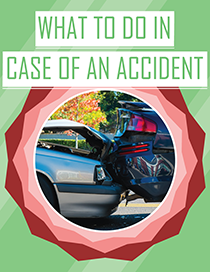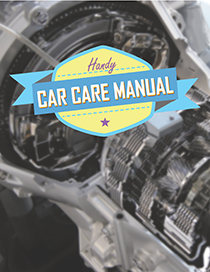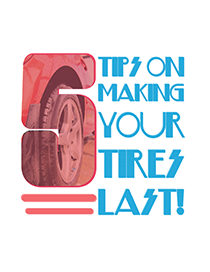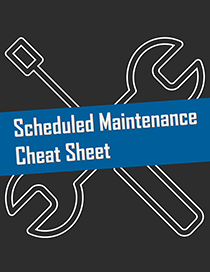Decoding Your Dash
There was a time when the fanciest thing about a car’s dashboard was a pair of fuzzy dice on the mirror. With today’s onboard vehicle technology, your car’s dashboard is more of a sophisticated communication hub, equipped with a variety of warning lights that convey important messages about your vehicle’s health.
Understanding these signals can help you address issues promptly, ensuring the longevity and reliability of your car. In this guide, we’ll explore the most common types of warning lights you might encounter and what steps to take when they illuminate.
CHECK ENGINE LIGHT
The “Check Engine” light is perhaps the most well-known warning on a car’s dashboard. When it lights up, it indicates that the engine control module has detected a potential issue with the engine or emission system. While it could be something as simple as a loose gas cap, it’s crucial to have it checked by a professional to rule out more serious problems.
What to do: Tighten the gas cap. If the light persists, consult a mechanic for a diagnostic test.
BATTERY WARNING LIGHT
When the battery warning light illuminates, it signals a potential problem with the charging system. This could be due to a faulty alternator, a weak battery, or issues with the electrical system.
What to do: Check for a loose or corroded battery connection. If the light persists, seek professional assistance for a battery and alternator test.
OIL PRESSURE WARNING LIGHT
This light indicates low oil pressure, which can lead to severe engine damage if not addressed promptly. Low oil levels or a malfunctioning oil pump are common culprits.
What to do: Check the oil level and top up if necessary. If the light remains on, consult a mechanic to inspect for oil leaks or pump issues.
BRAKE SYSTEM WARNING LIGHT
The brake system warning light can indicate issues with the brake fluid level, brake pads, or the entire braking system. Ignoring this light could compromise your ability to stop the vehicle safely.
What to do: Check the brake fluid level and top up if needed. If the light persists, have the brake system inspected by a professional.
ABS WARNING LIGHT
The Anti-lock Braking System (ABS) light signals a problem with this safety feature. While your standard brakes should still function, the ABS may not work as intended in emergency situations.
What to do: Schedule an appointment with a mechanic to diagnose and repair the ABS system.
Understanding the warning lights on your car’s dashboard is essential for maintaining its performance and safety. Regular maintenance and prompt attention to warning lights can prevent minor issues from escalating into costly repairs. Always refer to your vehicle’s manual for specific information on warning lights and, when in doubt, consult a qualified mechanic for a thorough inspection. By staying vigilant, you’ll keep your car running smoothly and ensure a safer driving experience.


